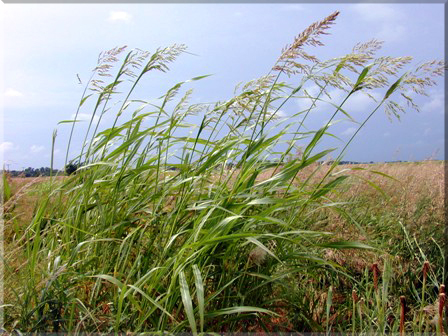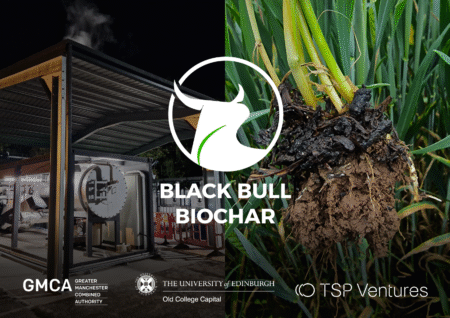Energy drives just about everything in our daily lives… from the electricity that runs our televisions and computers, to the way we heat our homes, schools and businesses
As energy concerns continue to mount, researches are looking to the soil for one possible answer.
Miscanthus giganteus, a perennial grass crop, is being grown, studied and used in Illinois and around the world as an alternative energy source for heat and electricity.
The tremendous amount of biomass that Miscanthus can generate in a few short years has drawn the interest of researchers, farmers and landowners.
On Aug. 31, University of Illinois Extension is presenting the teleconference From Field to Furnace: Miscanthus as a Bioenergy Crop.
Potential growers and interested community members are invited to hear about the logistics of growing and using this perennial grass crop for energy. The program will be held at 1:30 p.m. and repeated at 6:30 p.m. at the U of I Extension office in Oregon.
“Those attending will hear about a practical demonstration of biomass heat and power that is being developed in Christian County,” said Gary Letterly, U of I Extension natural resources educator. “This project is using existing technology in residential heating, and regional manufacturing partnerships are being identified to process perennial grasses into solid fuel pellets.”
Letterly said that burning Miscanthus produces only as much carbon dioxide as it removes from the air, making it a clean energy source. In addition, the grass requires only minimal water and fertilizer.










5 Comments
The tremendous amount of biomass that Miscanthus can generate in a few short years has drawn the interest of researchers, farmers and landowners. Does any other users have experience of this being used in any Cogeneration Facilities?
From memory, I recall some tests on a Cogen facility in Minnessota. I might be wrong though Sam.
I think I remember the tests Jon, they ring a bell to me.
We would be very interested to hear about this project so that we can cover this is a future newsletter. Daniel, can you possibly remember any other details on the cogen project?
Letterly said that burning Miscanthus produces only as much carbon dioxide as it removes from the air, making it a clean energy source. In addition, the grass requires only minimal water and fertilizer.